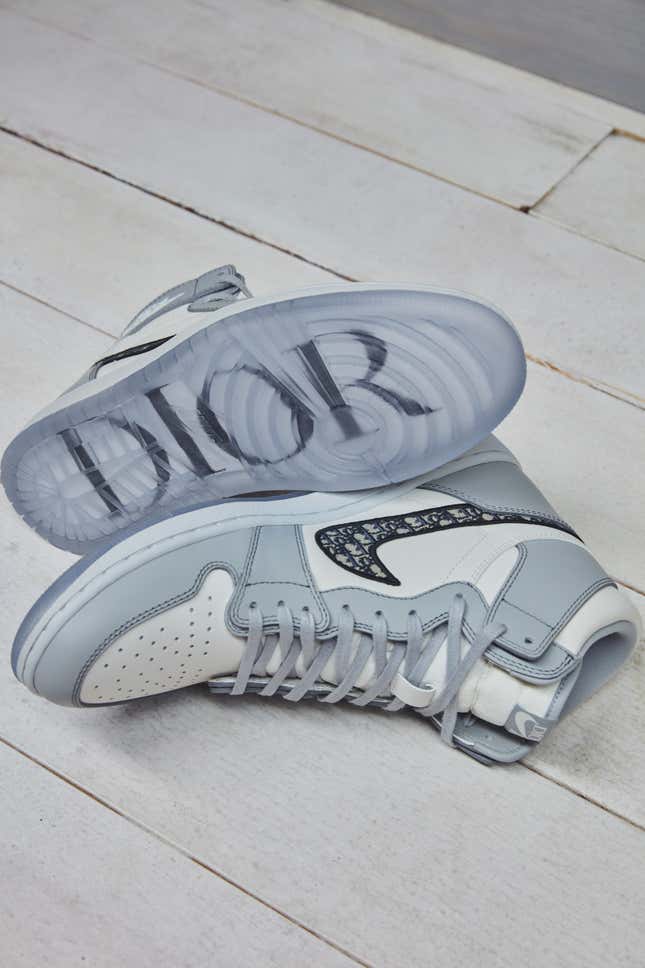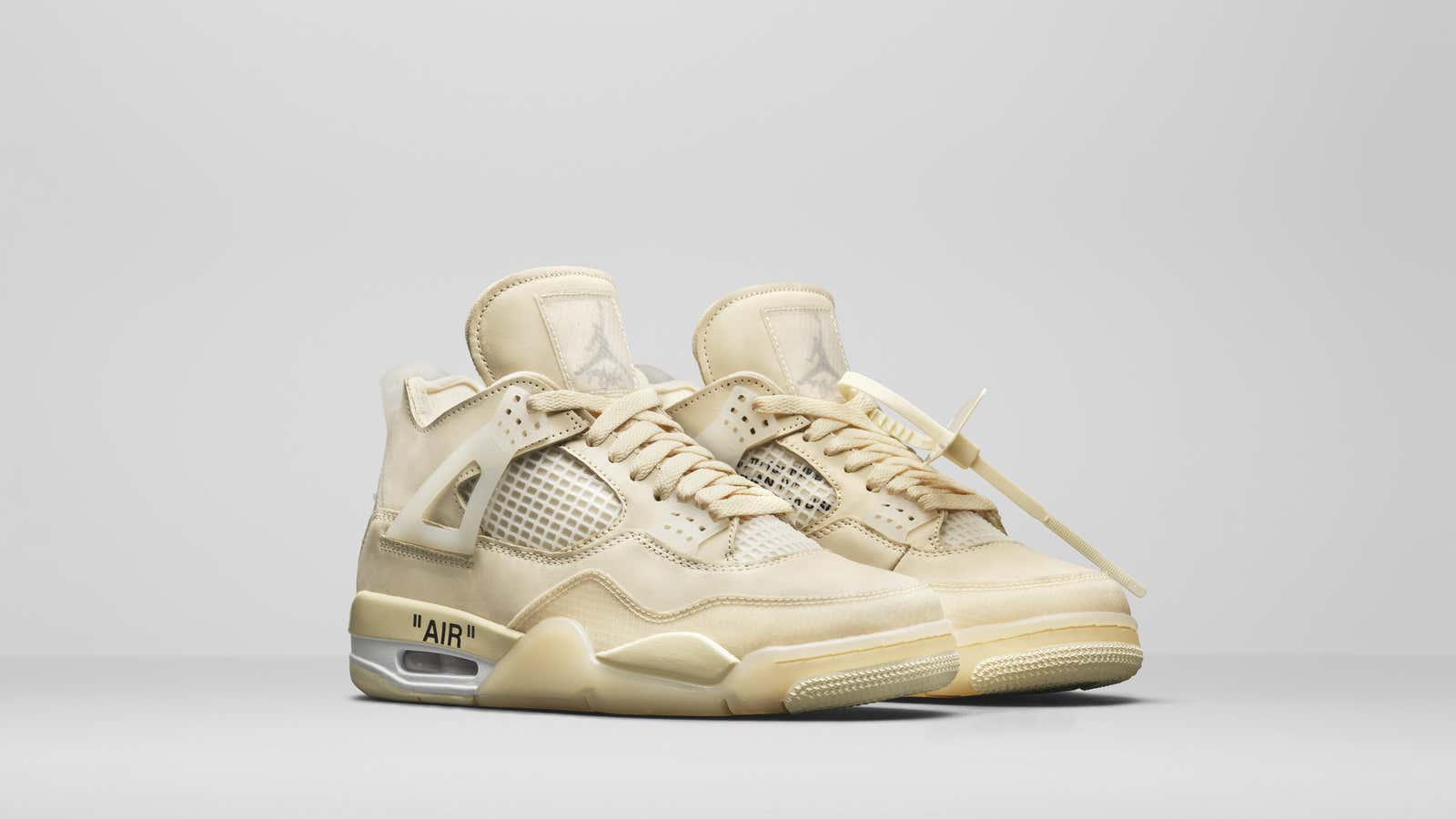Foot Locker is thriving. In a business update on Aug. 10, the sneaker retailer reported its comparable store sales, including sales at stores open at least a year and its online sales, were up about 18% compared to last year in the quarter through Aug. 1.
The company had a few things going for it. Pandemic-related government assistance left a share of US shoppers with cash in their pockets they were itching to spend once stores started to reopen. Foot Locker has a strong e-commerce business too, which kept sales flowing to shoppers stuck at home. But that wasn’t all.
“The other big opportunity for them was ‘The Last Dance’ documentary, which brought a lot of attention to Jordan product,” said Matt Powell, the sports industry analyst for research firm NPD Group, referring to the hugely popular 10-part ESPN series about NBA legend Michael Jordan and the Chicago Bulls. “Nike released an extraordinary amount of Jordan product in May and June. Foot Locker is the largest outlet for Jordan by miles, and so as Nike leveraged it, so did Foot Locker.”
Foot Locker CEO Dick Johnson had pointed to “The Last Dance” helping to make the Air Jordan 1 one of its big successes of last quarter during a call with analysts and investors in May, while NPD says sales of Jordan footwear in June were up more than double from last year at the US retailers it tracks. It continues a strong run for the brand that has carried on despite Covid-19.
Last December, Jordan Brand, which Nike turned into its own subsidiary in 1997, recorded its first-ever billion dollar quarter. Even when Nike reported a drop in total sales for the fiscal year through May due to Covid-19, Jordan stood out as one of the most resilient segments of the business. Its wholesale equivalent sales, which include sales to external wholesale customers and internal sales from its wholesale business to Nike’s channels for selling directly to customers, grew substantially while most other Nike segments declined.
Jordans—in particular the retro models—have a nearly unmatched cachet in the sneaker world, continuing to earn them fans and driving hype around the brand. In July, Nike and French luxury label Dior released a small joint collection that included Air Jordan 1s costing as much as $2,200. Only 8,000 pairs were made available to the general public, which qualifies as scarce for even a limited release shoe. Dior CEO Pietro Beccari said more than 5 million shoppers (paywall) registered for a chance to buy a pair. (They have been promptly counterfeited of course.)

“The Last Dance” has helped fuel the Jordan frenzy, including for collectible shoes. On May 17, the day its final two episodes aired, Sotheby’s announced the results of an auction for a pair of signed, game-worn Nike Air Jordan 1s from 1985. The winning bid of $560,000 set a new auction record for a pair of sneakers. Christie’s auction house currently has an event going around other rare and game-worn Jordans.
In recent weeks, Nike has continued releasing Jordans, including styles such as an Air Jordan 4 made in collaboration with Virgil Abloh, founder of fashion company Off-White and creative director of menswear at Louis Vuitton. Each drop results in shoppers taking to social media to complain the shoes sold out before they could get a pair.
